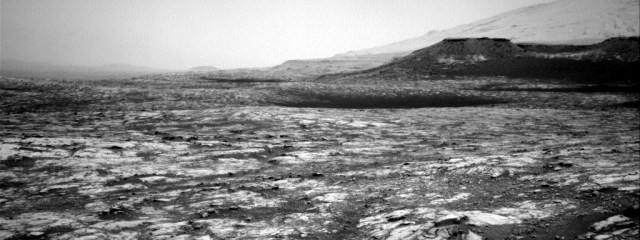On Sunday, Curiosity is wrapping up its activities in Glasgow with a packed science schedule. The rover has several unique opportunities lined up that will provide valuable insights into the formation and erosion of Mars’ sand dunes over its long history. Mastcam and Navcam will be used to observe the movement of sand and dust on the Martian surface, providing scientists with important data.
In addition to this, the APXS instrument will be analyzing trace amounts of argon in the atmosphere. With Mars’ unique climate causing fluctuations in argon levels in the atmosphere, this data will help scientists understand the planet’s seasonal changes. This is a rare move for Curiosity, as it will be conducting a ChemCam observation known as a “passive sky.” The instrument will be used to study the atmosphere without its laser, allowing scientists to track changes in gases such as water vapor and dust as the seasons change on Mars.
As the rover enters the dusty season on Mars, keeping an eye on the sky will be crucial for detecting any potential storms that may arise. The team is excited to gather this valuable data that will further our understanding of the Martian environment.
